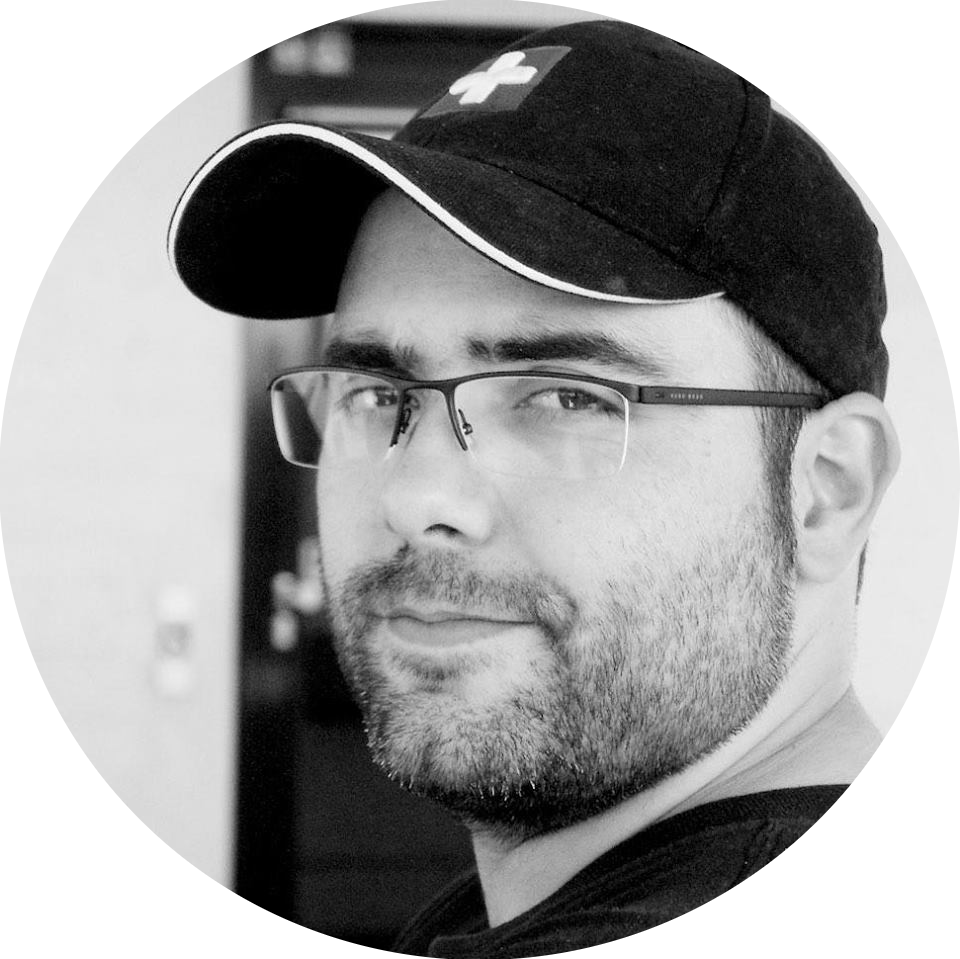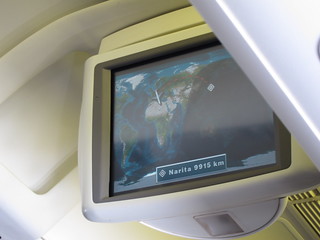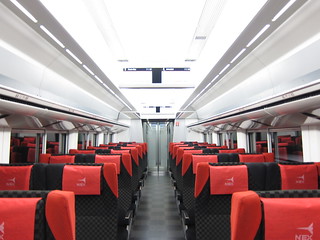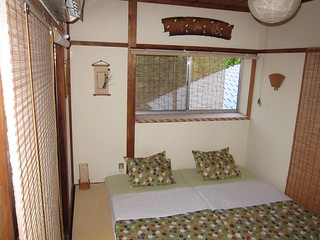- Published at
Two Weeks in Japan, Part 1: The arrival
- Authors
-
-

- Name
- Joaquim Rocha
-
Ever since I can remember, I was always fascinated by Eastern Asian cultures. Like most kids, I loved martial arts movies, but I was also a fan of many other things. Before I had an internet connection at my parents’ home, and information was not promptly available, I would relish any movie, documentary or book about Eastern Asia; it didn’t matter if it was China, Korea or Japan. During Expo ’98, in Lisbon, the 13 years old me forced my parents to wait in line for several hours to visit the pavilions of Japan, Korea, China and Macau. Even nowadays my father mentions it (in a friendly “you owe me” tone 🙂 ) whenever we talk about those countries.
Then this attraction for Eastern Asia was “specialized” more in Japan mainly because of anime. I had access to the most known anime series in Portuguese TV. I was particularly a fan of Dragon Ball (like everybody else), Evangelion and Rurouni Kenshin. During those times, the magic of internet entered my parent’s place, with the nostalgic connection noise of dial-up, and I could search everything I wanted about Japan and eventually learned a bit of Japanese (most of which is now forgotten in some hardly accessible part of my memory).
During that time, I always thought that one day I would go to Japan (not discarding, at the time, living there). This visit finally took place during two weeks in August, 2012.
Off to Japan
As I wrote before in an other post, Helena and I had planned to visit Japan during our honeymoon in 2011 but due to the Tōhoku Earthquake, this destiny was replaced with Turkey whose series of articles you can read here. Finally, early this year we decided that this year’s trip destiny would be Japan and here is the first of the articles about this trip.
Since Japan is an expensive place and people always ask about the prices, I will try to mention prices more than in other articles. When we went there, the Japanese Yen value had risen in comparison with the Euro so 1€ was worth less than 100¥ but we kept this 1 € — 100 ¥ rate in mind for the simplicity sake.
We got our round-trip plane tickets in the end of May for around 850 € each (together with insurance), which means they could have been cheaper but still they weren’t much more expensive than their early purchase price. We flew from Barcelona as in Coruña there is only one international flight but we took this chance to visit Catalonia’s capital so the domestic flight’s cost was compensated this way.
The Flight
 ][2]
][2]The Train
We arrived at Narita on August 10 at 10:30, passed the passport control and, since we took our huge backpacks as hand luggage, readily proceeded to validate our JapanRail (JR) passes. We acquired our JR passes from the very efficient website JRPass.com; in 3 days we had our passes. We validated our passes at Narita Airport and asked the assistant how to get to Kyoto (our first destination in this trip), he was very quick, nice and helpful, and told us that we should change trains at Shinagawa Station instead of Tokyo’s because it was smaller and less confusing.
 ][4]
][4]No Plastic Money
 ][5]
][5]Kyoto
Around 16:30 we arrived at Kyoto. We were staying at B&B Juno which is a 30 minutes bus ride from Kyoto’s JR Station. The buses system is different from most of the places where I took city buses. Luckily, there was a “western” person in the bus and after exchanging the first couple of words in English with him, we realized he was Spanish and switched to this Romance language. He was from the Basque Country and asked us if we were Galician which is always funny when this happens to us; anyway, he explained how the bus system worked: In Japan, you hop on the bus through the back door and you pay when you leave the bus, not when you are entering. Also, the bus driver will not do the change for you, there is a machine next to the driver that will exchange money for you and after you got the right coins, you pay the exact amount on a different slot in the same machine. In the case of Kyoto’s city bus, a single trip was 220 ¥ (~2.2 €) and a whole day ticket was 500 ¥ (5 €).
Places are not easy to find in Japan. Turns out that houses are given a number by the order they were built, not by their place in the street which means that house #1 can be incredibly far from house #2, this explains why B&B Juno had such detailed instructions to get there. I brought all this info in my phone, so I asked the driver to tell us when to hop off the bus, followed the instructions as if we were on a treasure hunt and so it was easy to find the place in the end.
 ][6]
][6]Kyoto is an amazing city, with many things to see and to talk about so I will leave those for the next article.